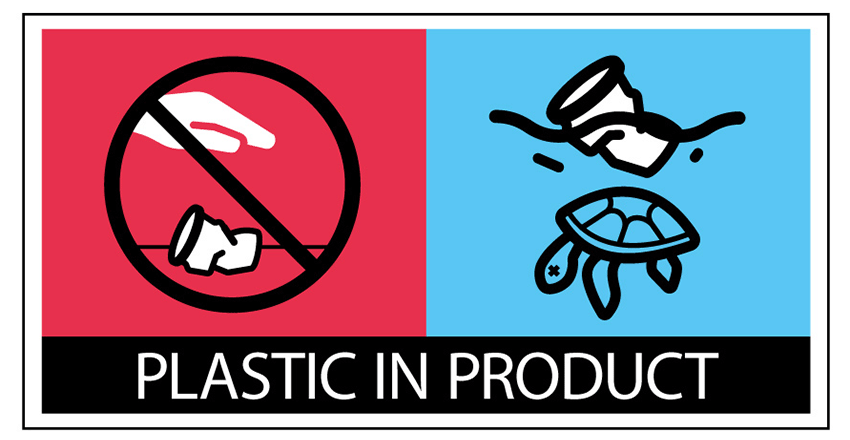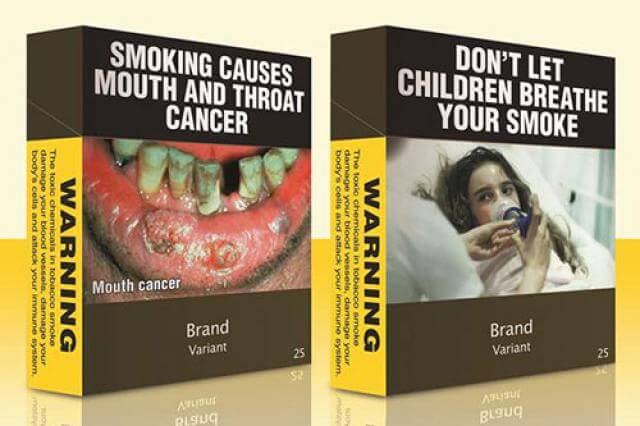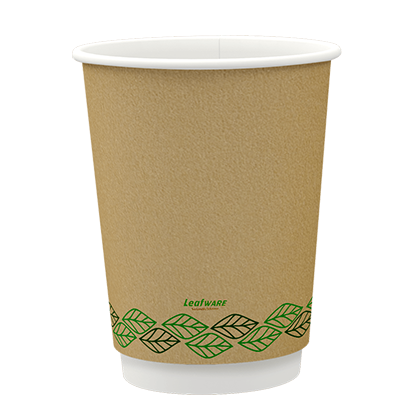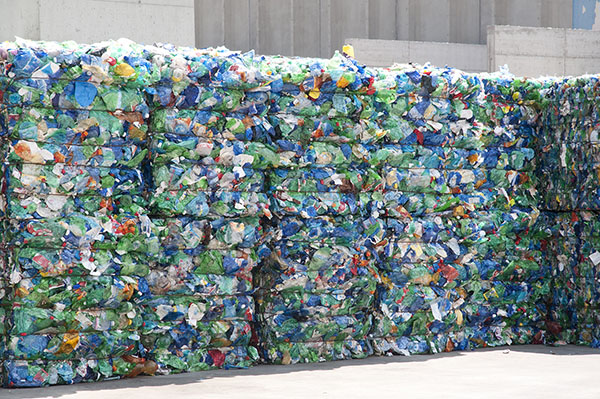You’ve Been Warned - new plastic packaging labels are here
Published date: 23/07/2021 13:33

Last Saturday was a milestone in the EU’s circular economy masterplan.
It was the date from which a small group of products (sanitary towels, wet wipes, tabaco filters and drinking cups) could only be taken to market in the EU if they carried a warning: ‘Plastic in Product’, accompanied with a drawing of a turtle.
The purpose of the warning is to raise awareness among consumers. These products have plastic in them, so don’t flush them down the toilet or throw them on the floor. For wipes and sanitary products, it’s a worthy goal. The misconception is that they should follow the same path as toilet roll and so some 30 tonnes of them are dredged every day from the sewers of London alone.
For cups and cigarette butts ends, the cause is presumably to stop people throwing them on the floor, where they will sit for decades failing to decompose.
It's a sad indictment that we need educating not to litter, but if a logo carrying a warning on packaging helps us tidy up, then it is progress to be celebrated.
Using packaging to warn of the dangers within is, of course, nothing new. Lung cancer pictures on cigarette packs, sugar content on fizzy drinks and side effects from medicines are all fine examples of how using the versatility of packaging to educate the consumer, reaps rewards for society. But using packaging to warn consumers about packaging marks a change in direction.

Various schemes have come before but they have always felt like guidance. A ready meal that comes in a tray, sealed with a film lid, and wrapped in a cardboard sleeve will often carry a mini guide to aid the consumer: Sleeve is widely recycled, lidding film is not, tray – check locally.
But this EU Directive is ramping things up. The decision to enforce the markings on packaging lined with PLA or other such PE-free materials feels like a missed opportunity. Yes, they contain plastic, but if handled correctly post-use, should be part of the solution rather than being labeled as the problem.
Zeus’ own aqueous paper cups have been tested for compostability and repulpability, with exceptional results. It makes no sense for a paper-based container that is both recyclable and compostable to be lumped together with standard plastic packaging. Industry has reacted to the challenge but is hamstrung to turn its efforts into results.

The idea of a circular economy is that from raw material to production, consumption and waste management, the flow never ends. Each link bonds to the next but any break in a circle stops it being a circle, and across Europe the final part of that structure is breaking the chain: waste management.
From one local authority to the next, in one member state to the next, there is no uniformed approach to how we process waste. Germany rightly celebrates its recycling rates (+65%) while Malta appears not to have any systems in place at all (9%). In the UK households are confused about what they should put into recycling bins and even were the messaging clear, a lack of infrastructure means capacity lags behind demand.
Since January of this year, rules have come into force prohibiting the export of unsorted plastic waste. Time to take responsibility for our own mess – quite right, but that responsibility means investing in infrastructure to enable recycling. Until that happens, the export ban just means that these perfectly recyclable products are being incinerated closer to home.

We can’t just shake our heads at the politics of the EU (which we can only presume the UK will look to track alongside), and in turn governments seeking to impose financial penalties on the packaging industry won’t make a dent in the real issue.
From manufacturer to distributor to consumer and on to the waste handlers at the end, we all have a role to play to close this circle. The turtle warning is just a small part of ours.



